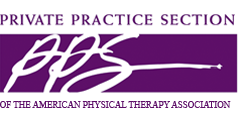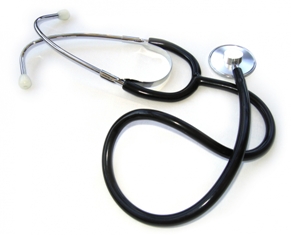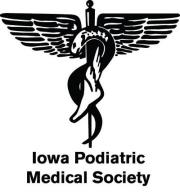 Doctors of internal medicine often take on the role of primary care providers for adults who are at risk for developing diseases, as well as for patients already suffering from a particular ailment. Seeing as internists must help patients manage their diseases and take steps to prevent others from occurring, it is important for these doctors to have useful tools at their disposal, such as internal medicine EHR.
Doctors of internal medicine often take on the role of primary care providers for adults who are at risk for developing diseases, as well as for patients already suffering from a particular ailment. Seeing as internists must help patients manage their diseases and take steps to prevent others from occurring, it is important for these doctors to have useful tools at their disposal, such as internal medicine EHR.
Two major facets of internal medicine include disease prevention and disease management, each playing an equally important role in patients’ health outcomes. Practicing preventive care is particularly important for patients who are susceptible to diseases that can be spotted early on and even prevented from occurring.
Take diabetes, for example. Using screening tools and questionnaires included in their EMR, physicians can examine certain factors to determine whether a patient is more likely to develop the disease than the average person. These factors can include:
- Race
- Weight
- Blood sugar level
- Dietary habits
- Family history of diabetes
If the internist determines that a patient is at risk for developing diabetes, the patient can be counseled regarding appropriate preventive care measures and pointed in the direct of the physician’s online patient portal for educational resources. The physician can also set reminders in the EMR to ensure that the patient is showing up for routine appointments.
For cases where prevention efforts were unsuccessful – or where a disease was not caught early on – internal medicine EHR software also helps. For example, internists can use decision support tools to help determine a plan of action for how to proceed with treating and managing the patient’s disease.
Interested in learning more about the EHR features available to doctors of internal medicine? Contact us online or call 480-782-1116 to speak with one of our representatives.




 The annual PPS/APTA Conference & Exhibition is kicking off today at the Wynn Resort in Las Vegas, Nevada. Physical therapists in attendance will be able to interact with other physicians in their specialty, peruse the booths of exhibitors such as
The annual PPS/APTA Conference & Exhibition is kicking off today at the Wynn Resort in Las Vegas, Nevada. Physical therapists in attendance will be able to interact with other physicians in their specialty, peruse the booths of exhibitors such as  Providers cannot begin attesting to
Providers cannot begin attesting to  Telemedicine services support the patient-centered medical home model by allowing physicians to provide long-distance care to patients. This can be accomplished through the use of videoconferencing software, mobile health applications, and other technologies with video and audio capabilities. Through the use of
Telemedicine services support the patient-centered medical home model by allowing physicians to provide long-distance care to patients. This can be accomplished through the use of videoconferencing software, mobile health applications, and other technologies with video and audio capabilities. Through the use of  The Heartland Podiatry Conference will be held in Des Moines, Iowa next week from October 3 to 6. The annual meeting is being hosted by the Iowa Podiatric Medical Society (IPMS) in conjunction with the Heartland Scientific Committee and the Nebraska Podiatric Medical Society. In addition to the many podiatrists attending the event, there will be nurses, assistants,
The Heartland Podiatry Conference will be held in Des Moines, Iowa next week from October 3 to 6. The annual meeting is being hosted by the Iowa Podiatric Medical Society (IPMS) in conjunction with the Heartland Scientific Committee and the Nebraska Podiatric Medical Society. In addition to the many podiatrists attending the event, there will be nurses, assistants, 
 When pediatric physicians implement generic EHR systems, they often learn the hard way that their software of choice is not equipped to meet
When pediatric physicians implement generic EHR systems, they often learn the hard way that their software of choice is not equipped to meet  The American Academy of Pain Management (the Academy) is holding its 23rd Annual Clinical Meeting in Phoenix, Arizona from September 20 to 23. This will be the fourth year that the conference is held in partnership with the Arizona Center for Integrative Medicine, which is part of the University of Arizona network.
The American Academy of Pain Management (the Academy) is holding its 23rd Annual Clinical Meeting in Phoenix, Arizona from September 20 to 23. This will be the fourth year that the conference is held in partnership with the Arizona Center for Integrative Medicine, which is part of the University of Arizona network.